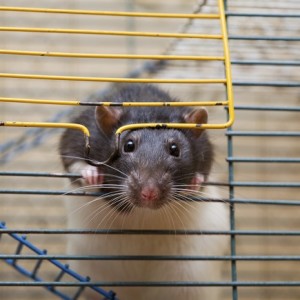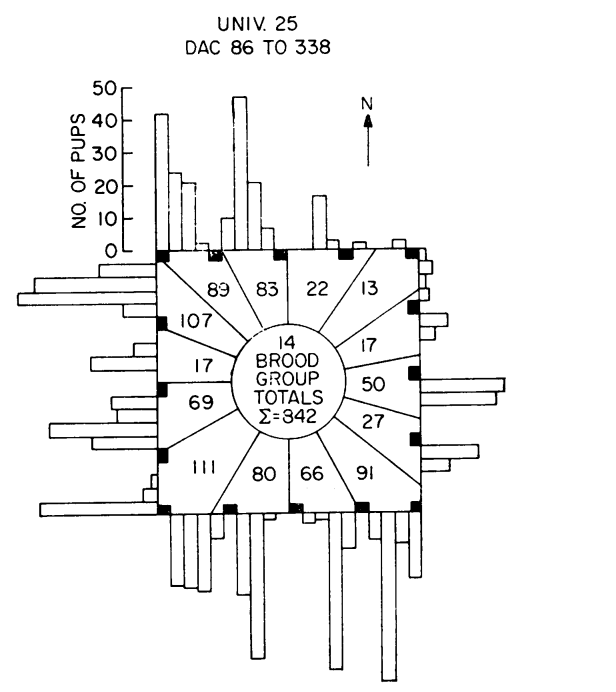

Calhoun described the results of the Universe 25 experiment in a journal article titled “Death Squared: The Explosive Growth and Demise of a Mouse Population”. Credit: Yoichi R Okamoto, republished by National Institutes of Health (NIH), via Wikimedia Commons.Ĭalhoun’s reduction of mouse mortality was based on identifying the rodent equivalent of the four mortality factors listed in Revelation – as in the Book of Revelation. John Calhoun with one of his rodent experiments.

This is where everything starts getting a little… Biblical. Me neither, dear reader.) And, of course, there was an abundance of fresh water, food, and nesting material. (I know what you’re thinking right now: “I bet it didn’t”. With each of these 256 nesting boxes capable of housing up to 15 mice, Universe 25 was theoretically capable of accommodating up to 3840 mice. The 2.7m x 2.7m metal enclosure had 16 vertical mesh tunnels, each with four horizontal corridors opening off at the top, and each corridor leading to four nesting boxes. Universe 25, like Calhoun’s decked-out rat barn, was created to cater for the wee experimentees in every way. Now decades into his rodent studies, Calhoun’s aim had morphed into extending lifespan by creating a “Mortality-inhibiting Environment for Mice”, also known as Universe 25.

Among the male rats, behavioural disturbances ranged from “sexual deviation”, cannibalism, and frenetic overactivity to pathological withdrawal.
RAT UTOPIA EXPERIMENT SERIES
In the worst-affected rats in a series of these experiments, infant mortality was as high as 96%. Although fine for eating (who doesn’t love a dinner party?), this disrupted the sequence of other normal activity, such as courting, building nests, and nursing and caring for their young. Eating and undertaking other “biological activities” were transformed into social activities, which they would only do in the presence of other rats. These changes weren’t at the good end of the scale.Īmong the male rats, behavioural disturbances ranged from “sexual deviation”, cannibalism, and frenetic overactivity to pathological withdrawal.Īs a result of the population congregation in the middle pens, the rats became unnaturally accustomed to the presence of others. This meant that rats tended to concentrate in pens 2 and 3, leading to the development of what Calhoun dubbed a “behavioural sink”: a sort of voluntary overcrowding that resulted from the original, involuntary overcrowding, and led to significant changes in the rats’ behaviour. Ramps connected pen 1 to pen 2, 2 to 3, and 3 to 4, but not pen 1 to pen 4. These pens contained everything a rat could possibly need: food, water, elevated burrows, winding staircases, nest boxes… a rodent wonderland. With extremely high rates of infant mortality, by the end of the 27th month of observation the population had stabilised at 150 adults.Ĭalhoun and his team were surprised by these unexpected results and so embarked on a more controlled experiment involving a population of domesticated Norway rats, conducted in a converted barn (a step up in luxury for the animals).Ĭalhoun’s new rat palace consisted of a 3m x 4.3m room, divided into four pens by an electrified fence. Universe 25 was his research pinnacle – a “rodent utopia”.Ĭalhoun calculated that his pen of wild Norway rats (or brown rats, aka Parisian rats, Hanover rats, street rats, common rats, sewer rats, wharf rats… in essence, “rats” as you know them) could have a sustainable density of 5000, but the population strangely never exceeded 200. But he’s become recently spotlit for his work in 1958–62, starting with a quarter-acre pen of wild Norway rats, and a 1968–72 experiment with mice called Universe 25. His work spans six decades, from early experiments with rodents in the 1940s to his death in 1995. John B Calhoun was a behavioural researcher and ethologist who spent the largest part of his career at the US National Institute of Mental Health (NIMH), in Maryland.

The two studies, over a total of eight years, aimed to explore the effects of population density on behaviour. What I didn’t know at the time was that it was inspired by a series of experiments on population dynamics from the 1940s to the 1970s. Fris by and the Rats of NIMH as a young’un.


 0 kommentar(er)
0 kommentar(er)
